- Product
- Solution for
For Your Industry
- Plans & Pricing
- Company
- Resources
For Your Industry
Consumers are price conscious, but for small businesses, price can be a double-edged sword. While large retailers can leverage price matching to attract customers, this strategy can quickly erode profits for smaller businesses. Instead, small businesses can thrive by understanding how customers perceive value.
By focusing on building a strong brand identity that highlights unique benefits, and offering personalized service or specialized products, small businesses can differentiate themselves and command premium prices.
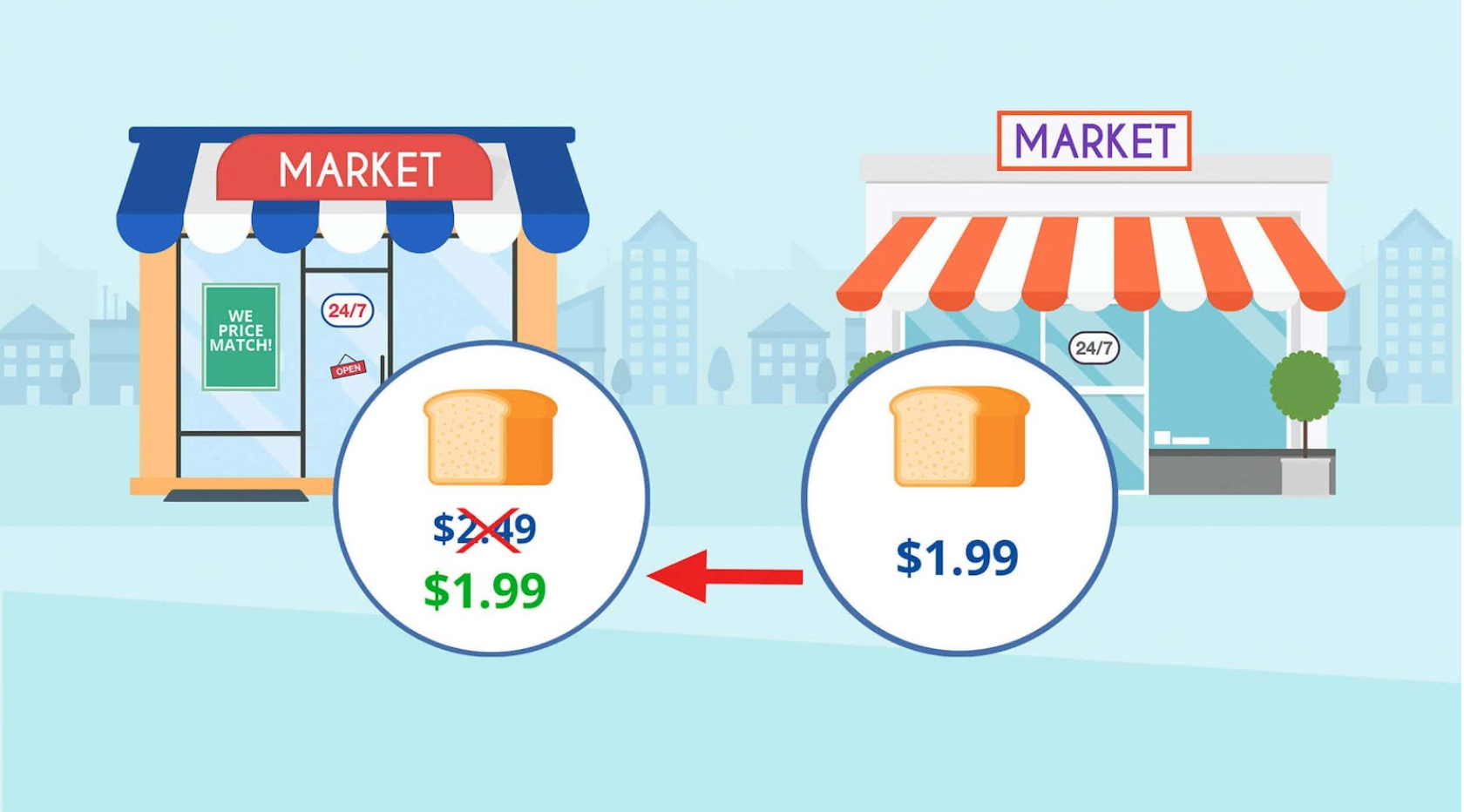
Price matching refers to matching a lower product price from a store in a competitive market.
For example, retail store price matching is the practice of matching a lower price for a product from a competing store in the market. This means that if you find the same product at another store for a lower price, a retail store will match that price.
Companies use this strategy to save time and money for their customers, as they won’t need to visit another store and can get a lower price on the same product. Price matching is also an important part of e-commerce pricing. Retailers use this strategy to provide the best price to their customers, aiming to improve customer loyalty, build brand trust, and achieve higher returns on investment (ROIs).
It’s important to note that price match policies may vary among different stores. Some stores may match the lower price, while others strive to beat it. When considering a price match policy, it’s crucial to differentiate between two types of purchases.
The first type involves one-time purchases, such as buying a newspaper, a milk carton, or a cooker. In contrast, the second type pertains to ongoing supplies of products or services, such as newspaper subscriptions or mobile phone services under a contract. The former is referred to as a “noncontract purchase,” while the latter is termed a “contract purchase.” Companies have different price match policies, so we advise checking their official websites for all the necessary details before visiting their stores.
Additionally, stores may use various approaches to implement price match strategies. Let’s explore them.
Standard price match refers to setting the same price as competitors. This strategy is implemented when competitors offer lower prices on products or services.
Price beat is another way to sell your products for a lower price. It means selling your products cheaper than your competitors. You can use a fixed amount, difference, or percentage margins for your price-beat strategy.
You can implement it to an already purchased product. For instance, customers can get refunds based on the difference between the amount they paid and what other companies offer.
Price protection is another way to implement a price match policy or strategy. It allows a retailer to match its own price. For example, if the store reduces the price in a specific period after purchasing the product, the store will refund the difference when you request the staff.
Companies utilize price match policies to enhance their business operations and draw in more customers. This policy is an effective method to build brand loyalty. It involves matching or beating the price of the same product offered by competitors.
For instance, if your competitor is offering a lower price on a specific product, you would lower your price to match or at least offer the same price. Here are the advantages of implementing this type of strategy. Keep reading!
When you implement this strategy, you can grow your business. The results of a price match strategy are evident after a short time. It is crucial to assess the long-term implications, requiring business owners to understand the trend and their position in the retail industry.
You can make informed business decisions when you acquire more information and improve your knowledge about your industry and competitors. As a result, you can increase your chances of success in the market.
Implementing a price match policy can help build trust with consumers and show them that your company has their best interests in mind. Today’s customers are well-informed and consider various factors, including a company’s reputation, honesty, and fair pricing, when making purchasing decisions.
Therefore, it’s important to adopt this policy if it’s feasible for your company and beneficial for your customers. This approach can benefit shoppers at the expense of your retail store, but it can also be viewed as a goodwill gesture. Even though you may lose some money by matching lower prices, this can attract customers and foster trust in your brand.
As a result, customers will have confidence that your company values them, which can increase the likelihood of repeat visits to your store or website. Therefore, a price match policy can directly contribute to building a loyal customer base.
The implementation of a price-match strategy can lead to increased sales and higher return on investment.
It is crucial for retail businesses to consider a price match policy from the perspective of the shoppers. When a shopper discovers that a competitor offers the same product at a lower price, they are likely to choose the competitor unless you offer a better price.
Therefore, by effectively interacting with customers and offering competitive pricing, a price match policy can play a significant role in influencing sales.
Although the price-matching strategy has many benefits, it also comes with various downsides. For instance, Amazon is the largest online company that does not offer price matching; instead, it focuses on aggressive repricing to stay competitive in the market. Here are some of the downsides of a price match policy.
Margins are an essential factor that plays a crucial role in your entire business. A price match policy can lead to margin degradation and cause financial problems for your company. For instance, when you price your products competitively and set a large enough margin, you can cover operating costs and generate profits.
However, when a consumer visits your store and tells you that your competitor offers the same product for a lower price, you will beat that price. However, this will significantly decrease your margin, leading to declined profitability. So, this is not beneficial for your business operations and financial stability.
Remember, different retailers have different operating expenses, meaning if one company benefits from this, the other may not take advantage of it due to high operating costs.
Moreover, it is crucial to protect your margins through price control without matching them to your competitor’s pricing. The purpose is to improve your margins and create a balance, leading to stable profits.
There’s a growing body of research evidence that shows how a price match policy can lead to a significant price war between companies. In a price war, companies compete to set the lowest price. When you match your competitor’s price, they may further lower the price, prompting you to match it again, and the cycle continues. This repeated cycle can significantly impact your margins and profitability. For example, if you’re selling a product for $20 and your competitor sells it for $15, matching their price means losing $5. If your competitor then drops their price to $10, matching it would further reduce your profits and destabilize your financial position.
Remember that a price match policy can have drawbacks such as price wars and potentially losing customers to competitors if the policy is not implemented effectively.
This policy allows customers to compare prices at different stores, and if a competitor offers a lower price, you may risk losing customers. While larger retailers like Walmart may benefit from this policy due to their market share, it may not be as advantageous for small businesses.
Large corporations and companies such as Walmart and Target have implemented price matching strategies to attract more customers.
This approach is an excellent way for consumers to save money and time on grocery shopping. For example, consumers can obtain the best price at one store instead of having to search all over town for discounts, promotions, and deals.
Here are a few examples explaining why the leading players in the market have implemented a price match policy. Keep reading!
Walmart is one of the most popular and biggest retailers that benefit from a price match policy. It is an integral component of the company’s price management strategy. However, the company has started doing it from its own websites.
Reports show that customers who shop at Walmart still get the best price but in a limited number of stores. Walmart changes its price management strategies occasionally, leading to improved business operations and higher profitability.
At the same time, the company focuses on its customers, allowing them to purchase its products for a reasonable price. This strategy has benefited Walmart and its customers for many years, and the company makes efforts to maintain customer loyalty.
Walmart is one of the most popular and biggest retailers that benefit from a price match policy. It is an integral component of the company’s price management strategy. However, the company has started doing it from its own websites.
Reports show that customers who shop at Walmart still get the best price but in a limited number of stores. Walmart changes its price management strategies occasionally, leading to improved business operations and higher profitability.
At the same time, the company focuses on its customers, allowing them to purchase its products for a reasonable price. This strategy has benefited Walmart and its customers for many years, and the company makes efforts to maintain customer loyalty.
Unlike many other large companies in the market, Home Depot has a simple price match policy. For example, if a customer finds a lower price on a Home Depot product, the company will guarantee to match the lower price.
Likewise, if you shop at this company, Home Depot promises to match the price on its competitor’s website, including the shipping cost. Remember, this deal applies to products available on the competitor’s website.
On the other hand, Home Depot focuses on price management policies and makes changes from time to time, allowing it to set the best price possible. The company limits its price policy in different ways than other stores do.
For example, it does not offer a price match on open-box, used, and reconditioned products. It also does not include rebates, freebies, financing, and bundles in the company’s price match policy.
Staples is another popular business that implements a generous and sophisticated price matching policy. It is a famous retailer that values its customers and makes efforts to implement customer-friendly price match policies.
Staples goes one step beyond its price match policy. For example, it offers a 110% price match guarantee, meaning if a customer finds a lower price. The company will refund and provide a 10% discount on the same product.
For example, if you buy a product for $50 at Staples and you find it on sale for $30 at another store, Staples will give you a discount of 10% and sell you the product for $27. So, this saves you $3.
Furthermore, Staples tries to match prices for many businesses with retail stores and an online store under the same name. However, it also matches prices from Amazon, even though the company does not have a chain of physical stores.
Price matching occurs when a retail store sells products at the same price as its competitors. Here are some tips for consumers:
If a competitor offers a lower price on a specific product that a company carries in its store, show it a receipt or ad. The company will sell you that product at the same price. The store will match the competitor’s price during the effective date of the ad or within seven or fourteen days of the date of the receipt.
Remember, this is just an example because each company has its own pricing strategy. Some stores require consumers that the item must be identical, such as the same brand, size, shape, or attributes. Some companies even reserve the right to determine comparable items for produce, bakery items, and meat.
Price management is crucial for retailers offering the same products to their customers. However, it may not work for some companies.
Large retailers match prices to build customer confidence and increase brand loyalty. Nowadays, it’s common for shoppers to compare prices before making a purchase.
It’s important to establish a comprehensive price match policy and consider profit margins before implementing it, to avoid price wars that can lead to reduced profits and ROIs.
On the other hand, consumers need to ensure the identical product is in stock at the competitor’s store and provide sufficient information on the competitor’s price using various channels such as flyers, printouts, photos, or websites to benefit from the company’s pricing strategy.
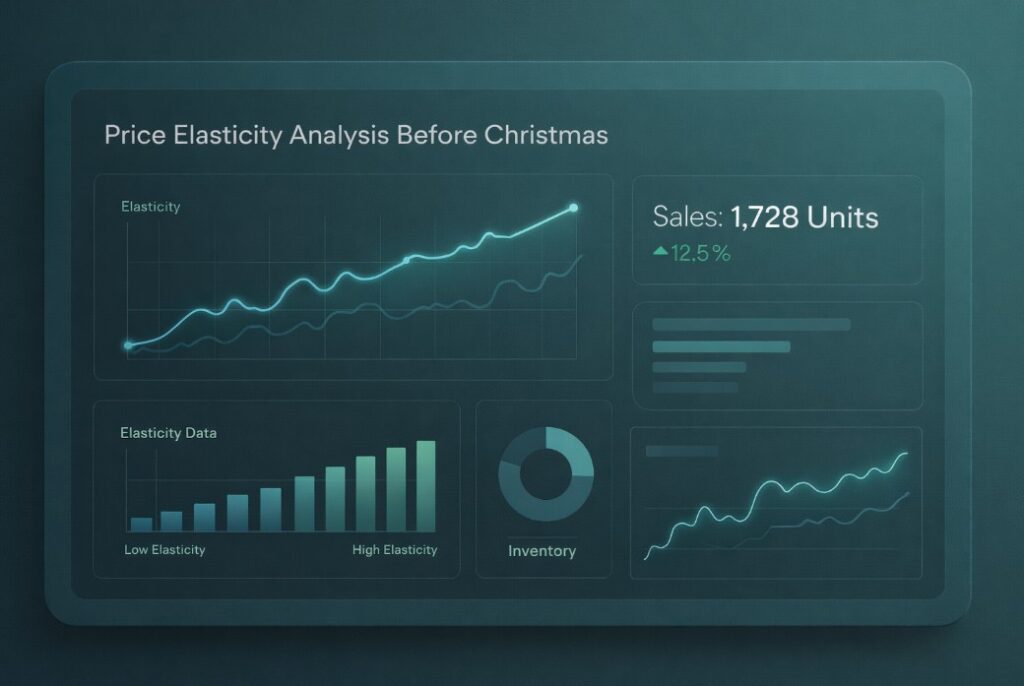
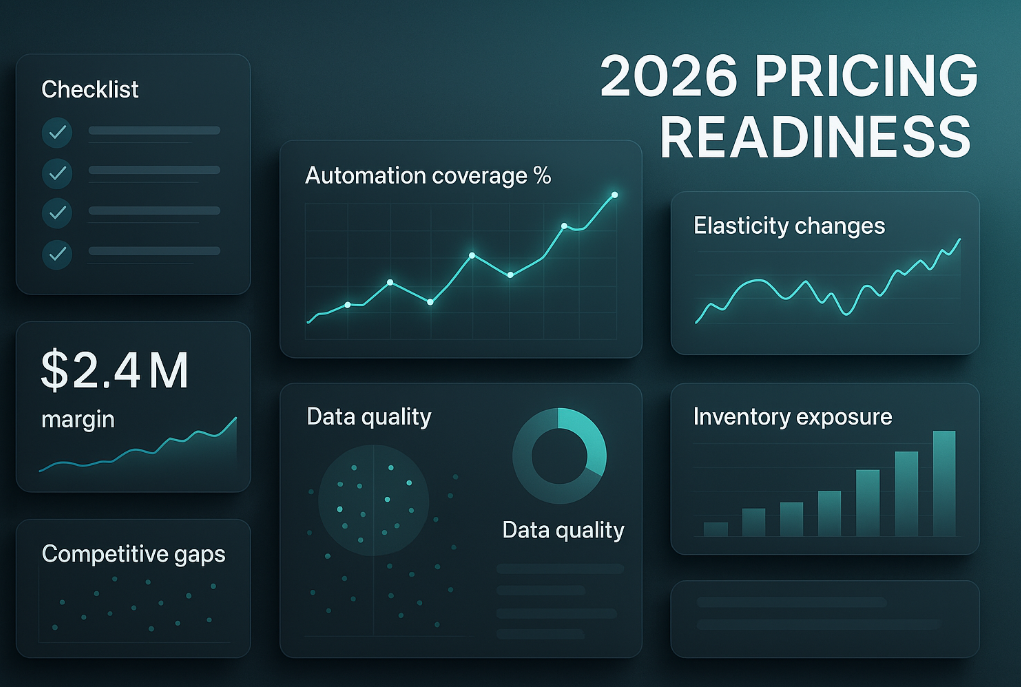
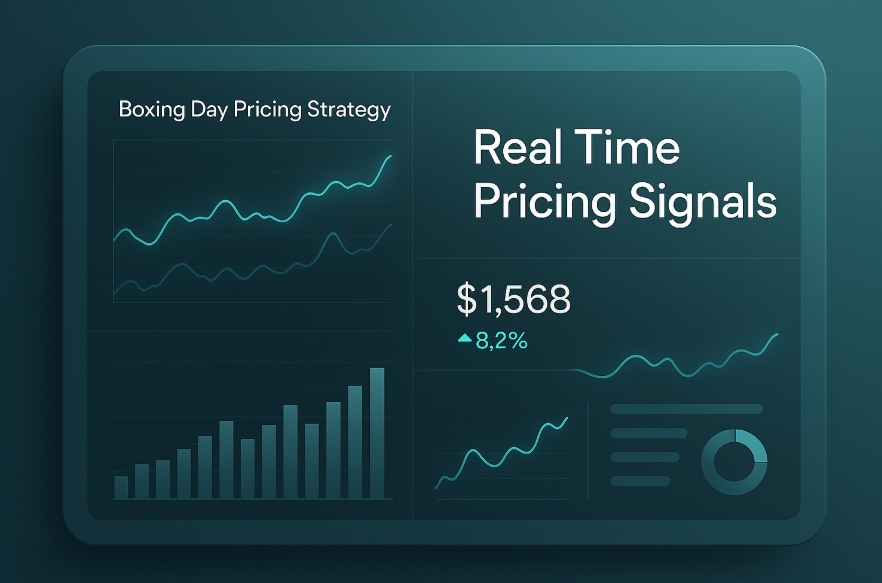
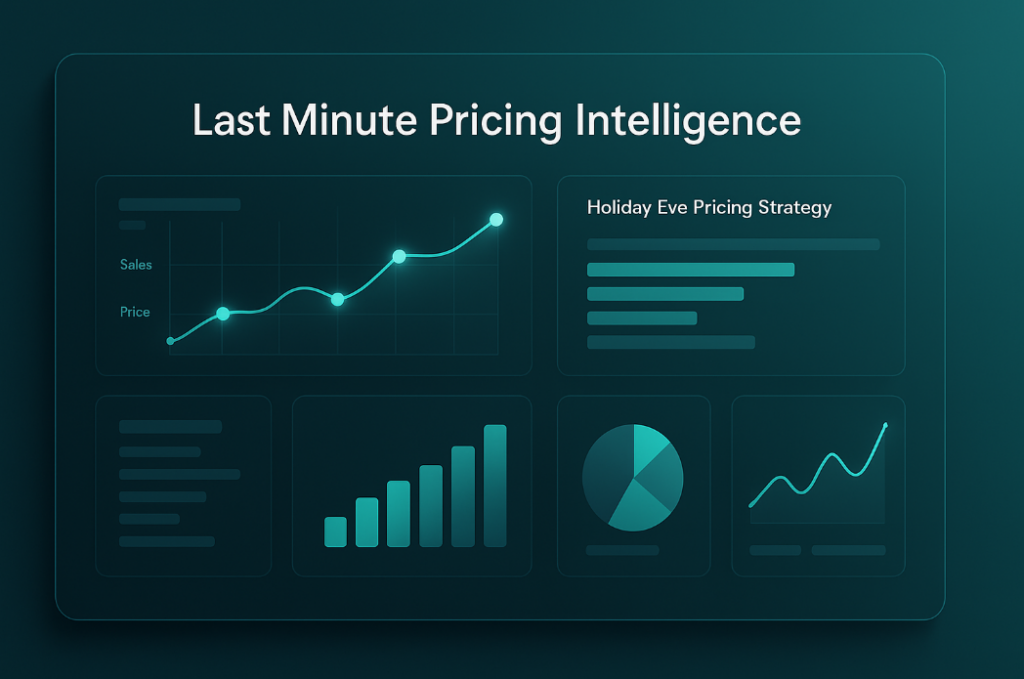


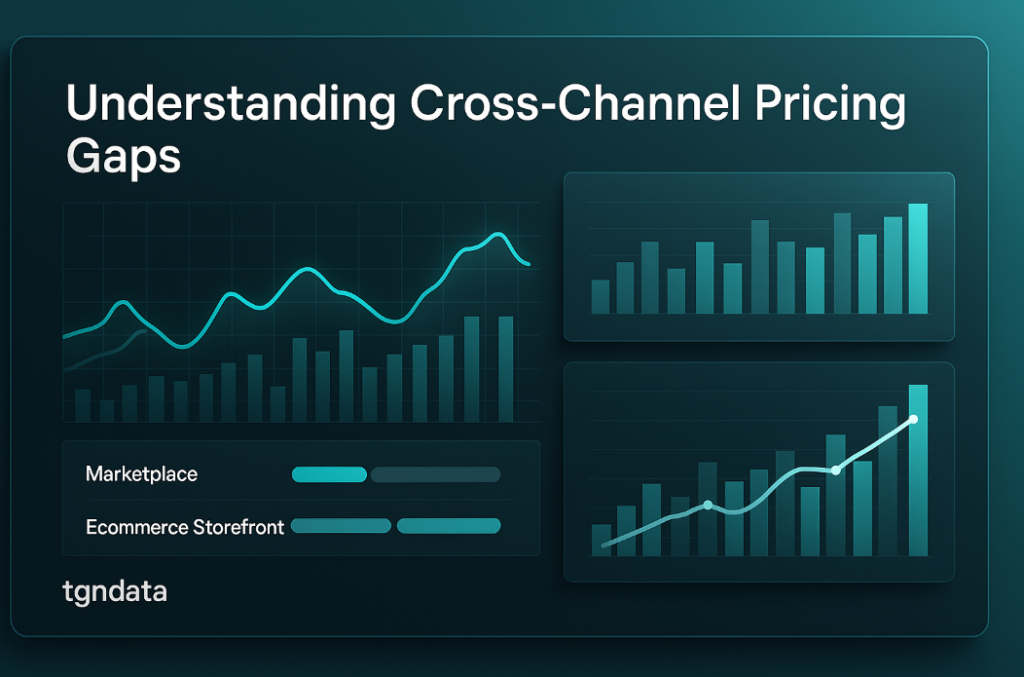






Missing an important marketplace?
Send us your request to add it!